Makita DLS714 User manual
Other Makita Saw manuals

Makita
Makita 5603R User manual
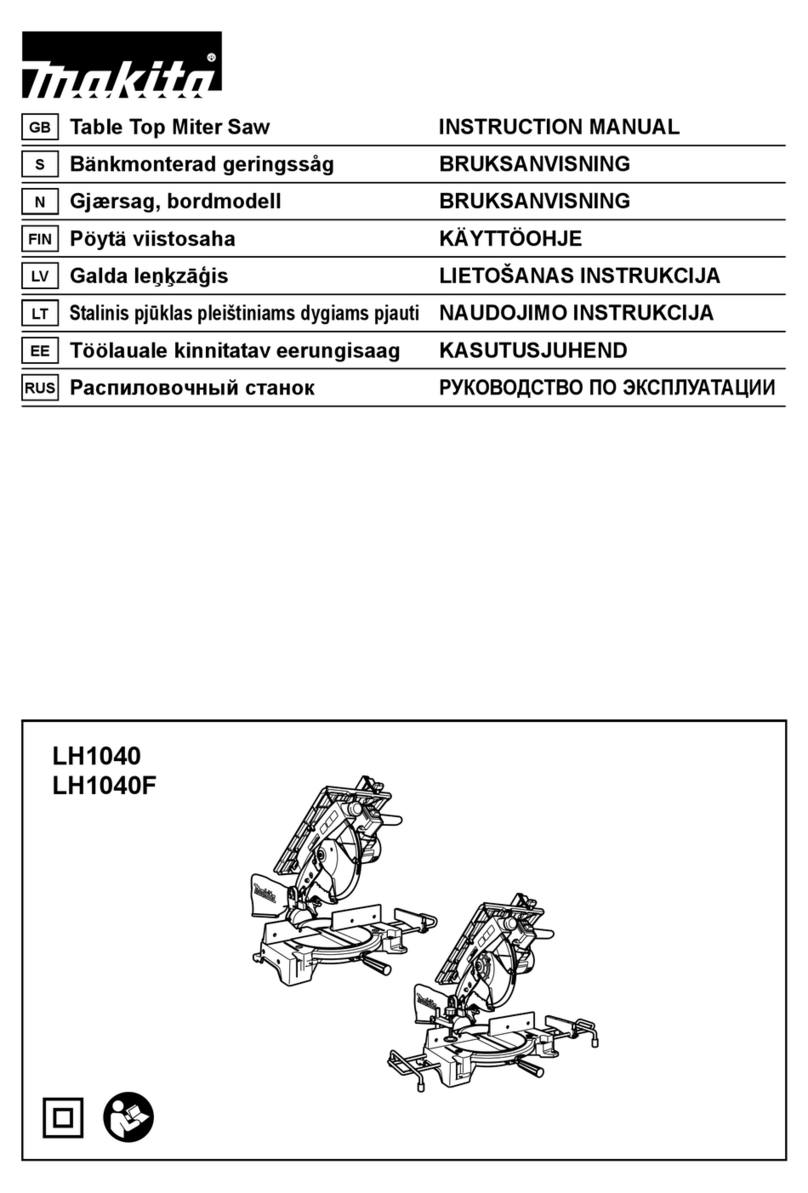
Makita
Makita LH1040 User manual
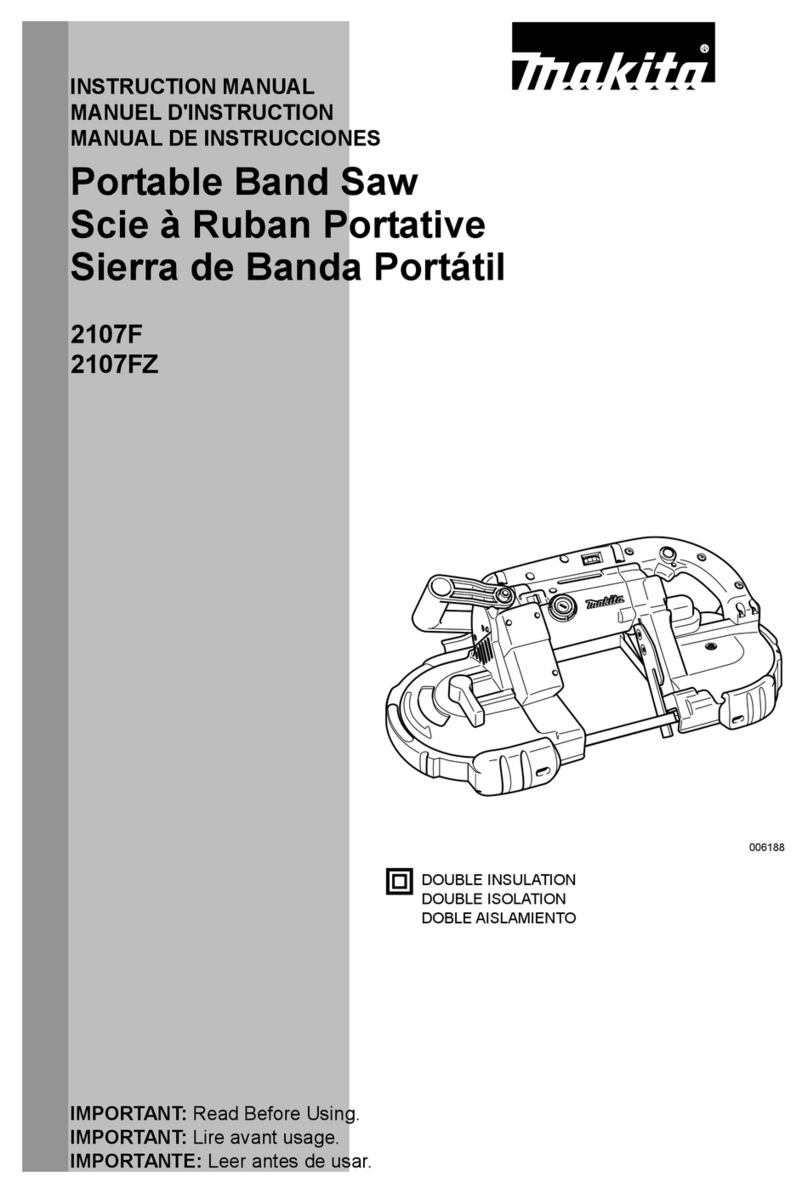
Makita
Makita 2107F User manual
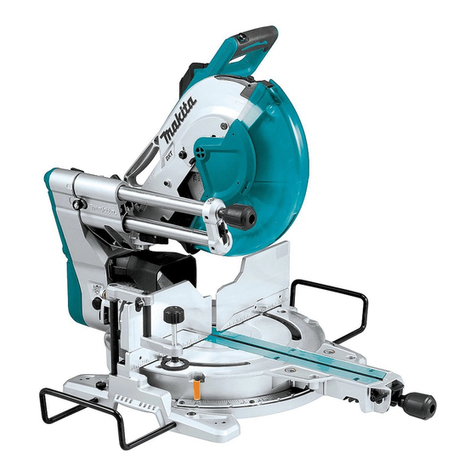
Makita
Makita LS1219/1 User manual
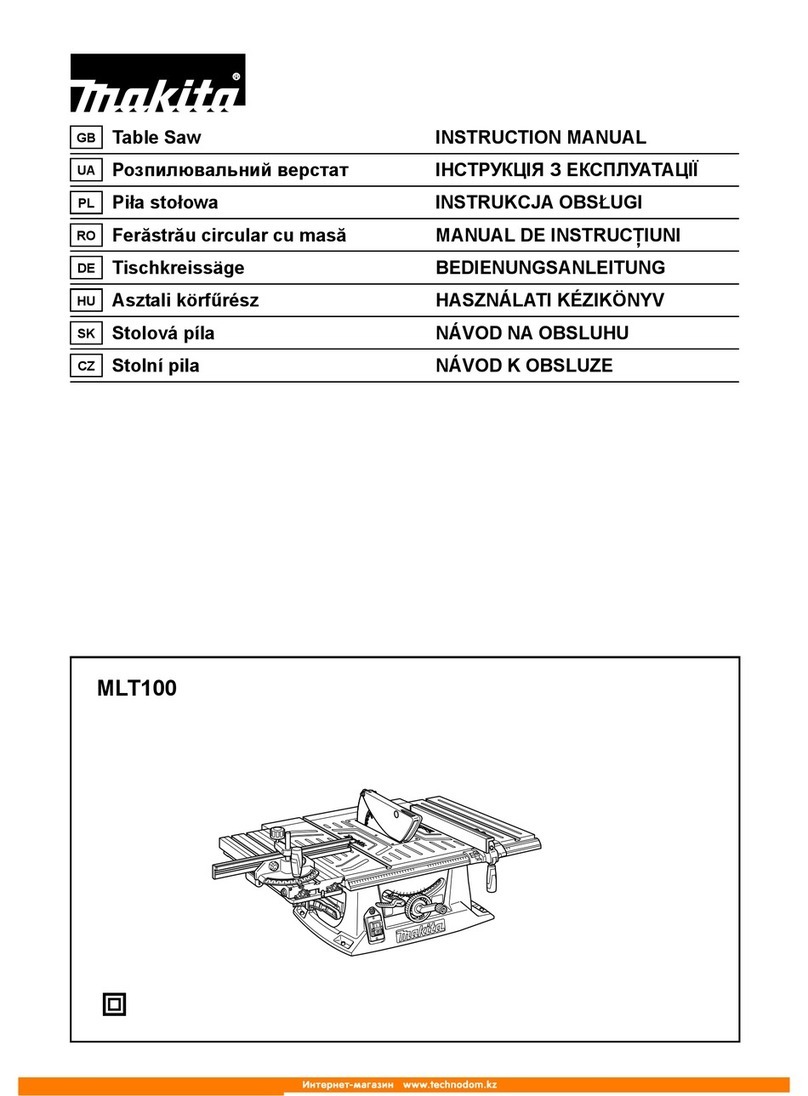
Makita
Makita MLT100 User manual
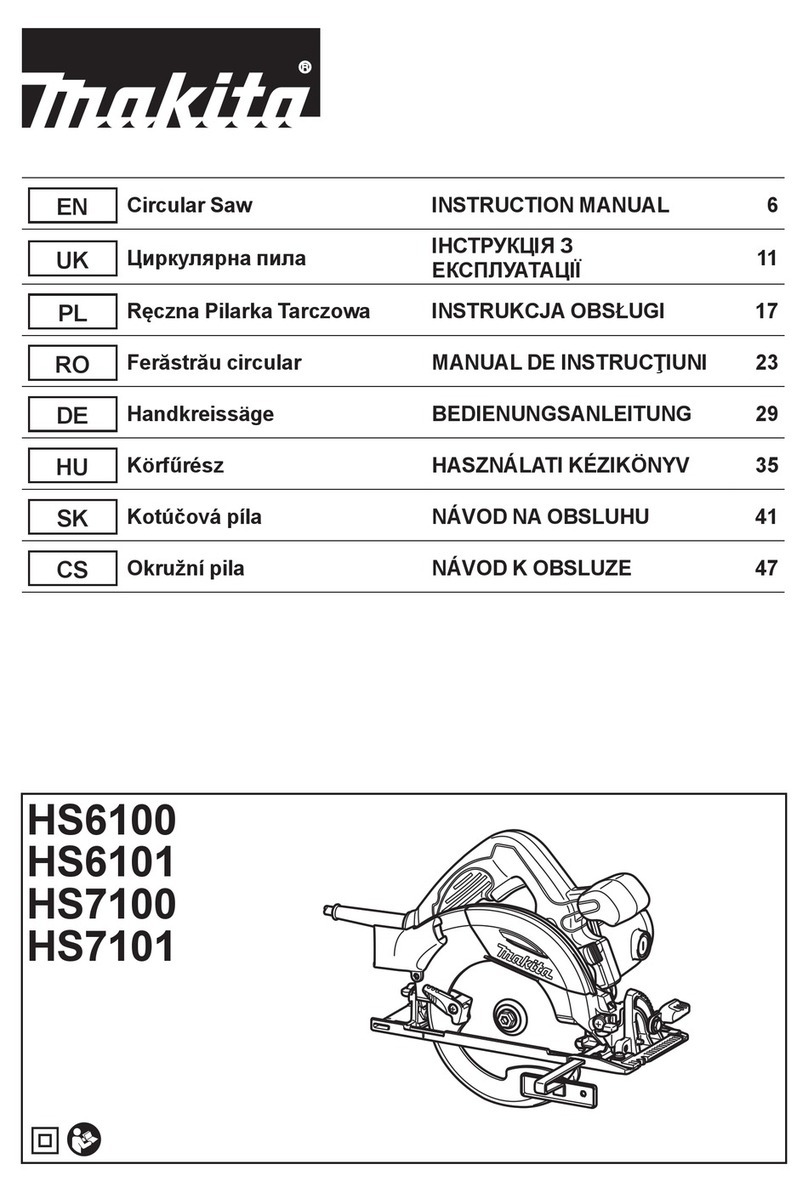
Makita
Makita HS6100 User manual
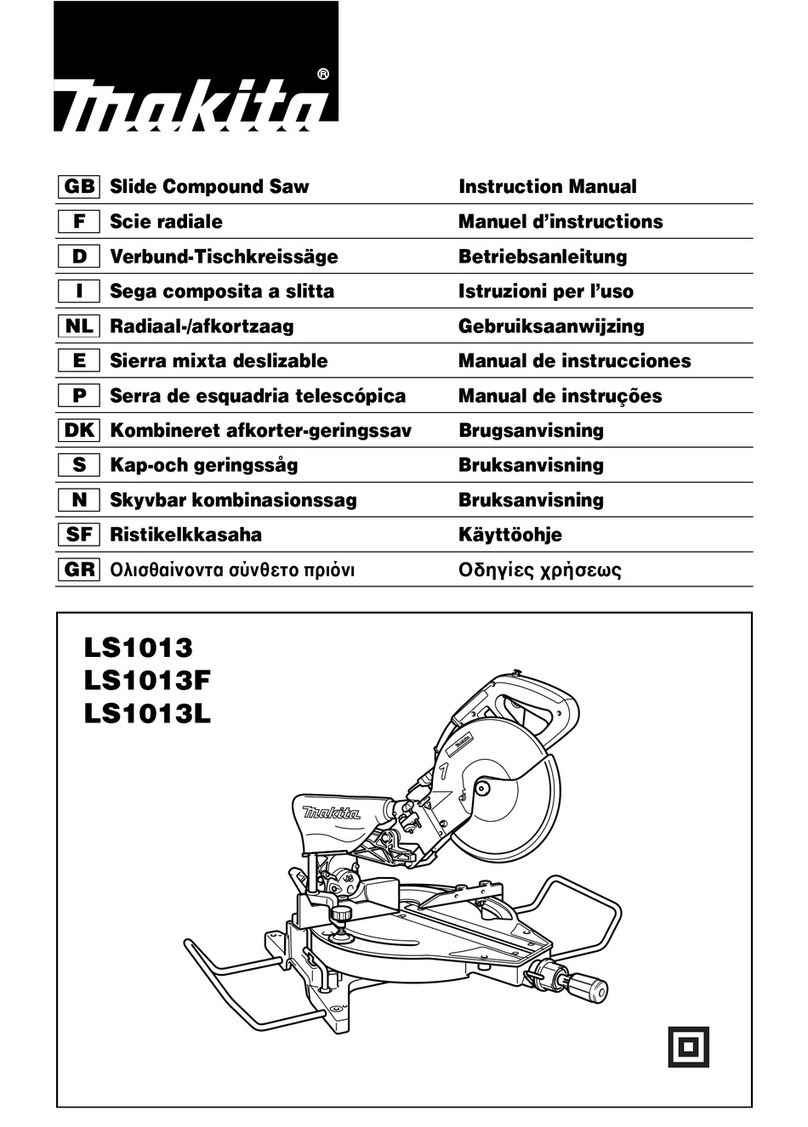
Makita
Makita LS1013 User manual
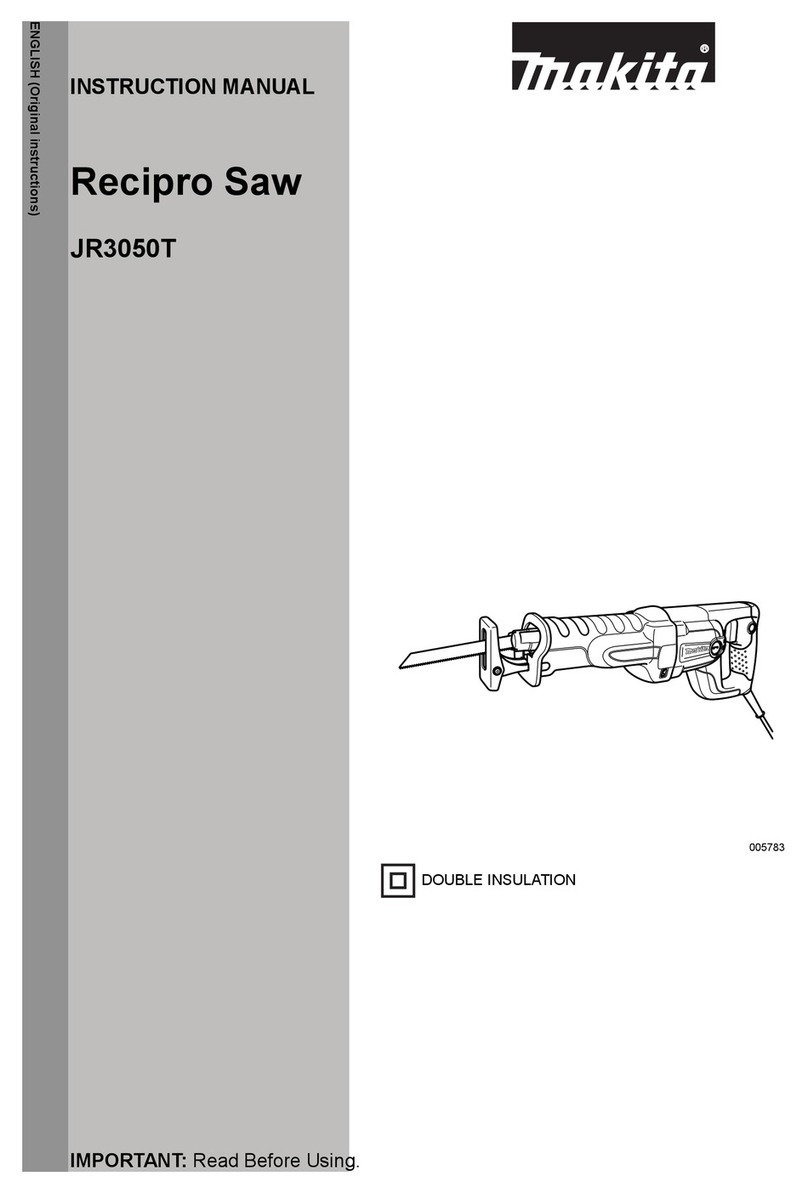
Makita
Makita JR3050T User manual
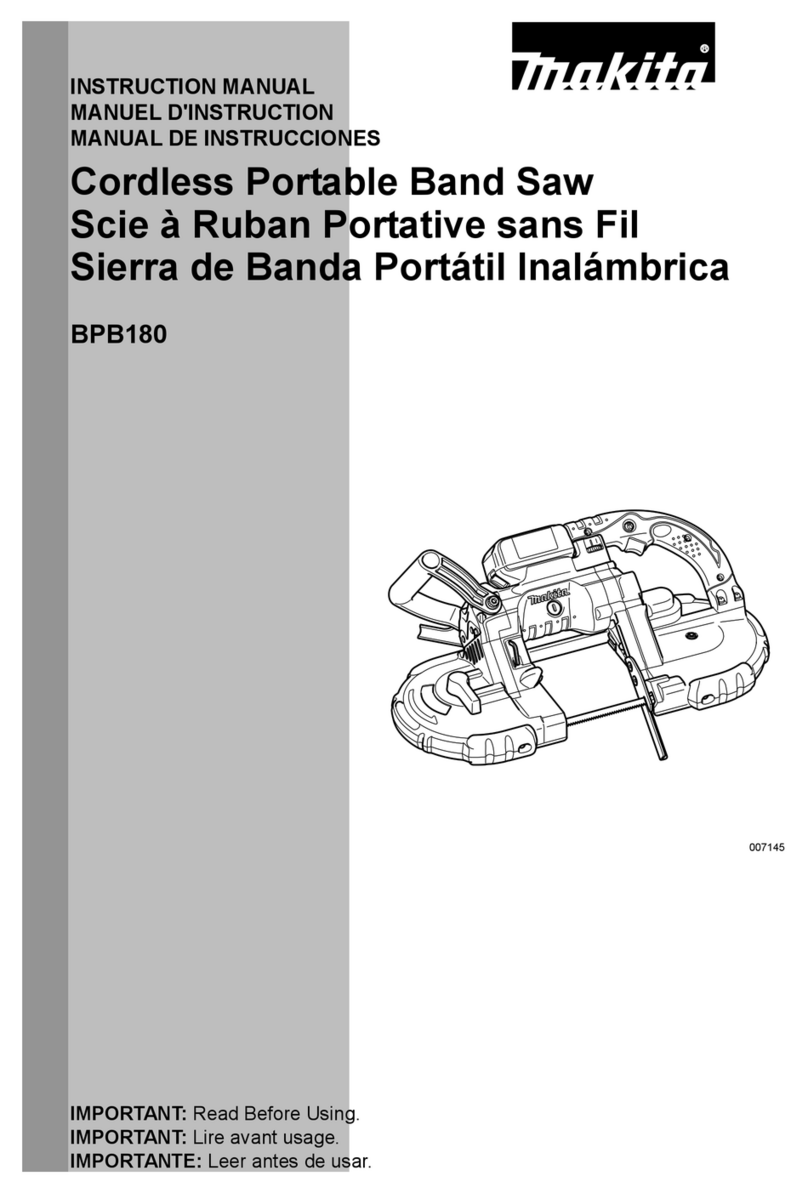
Makita
Makita BPB180 User manual
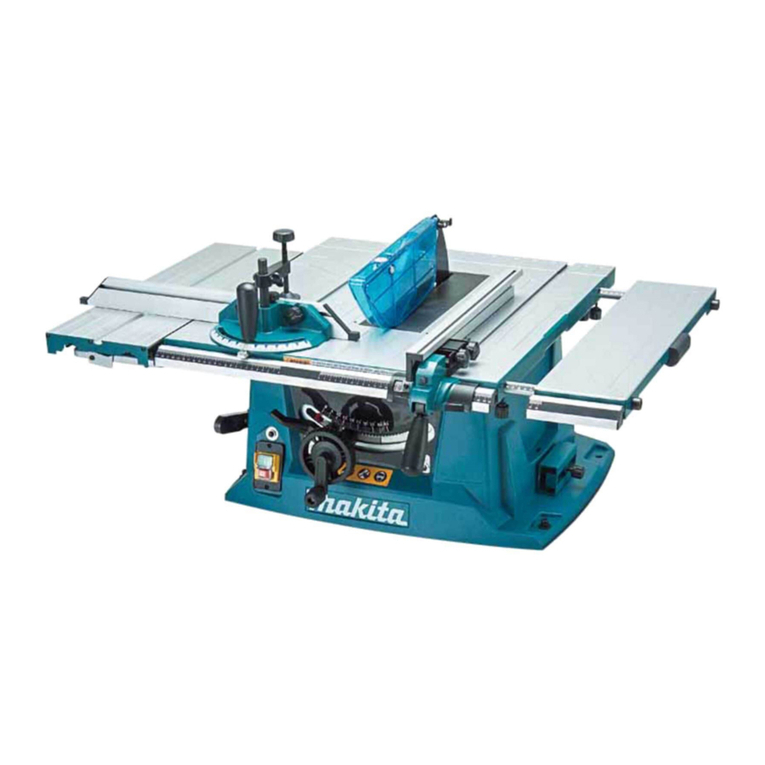
Makita
Makita MLT100N User manual
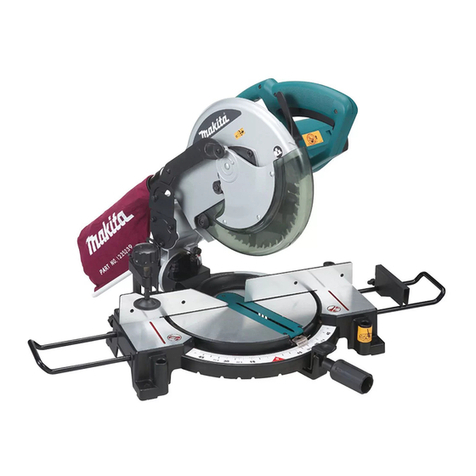
Makita
Makita MLS100 User manual
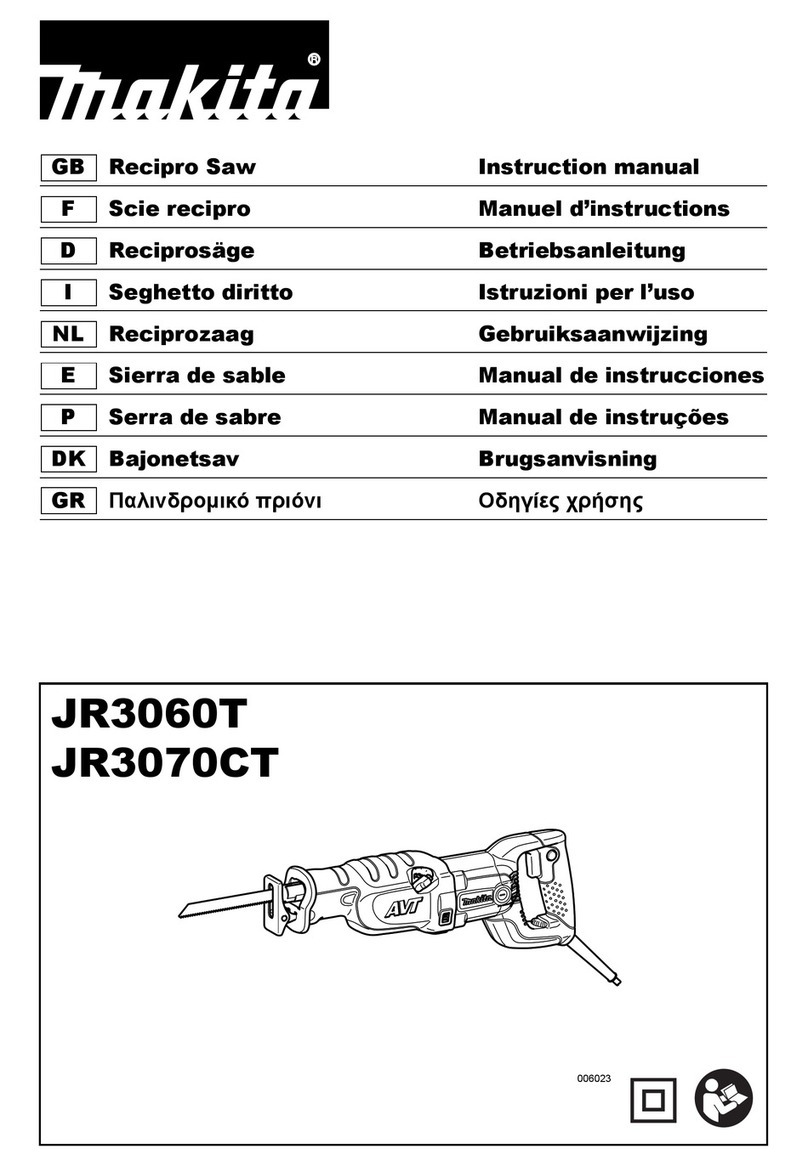
Makita
Makita JR3060T User manual

Makita
Makita MLS100 User manual
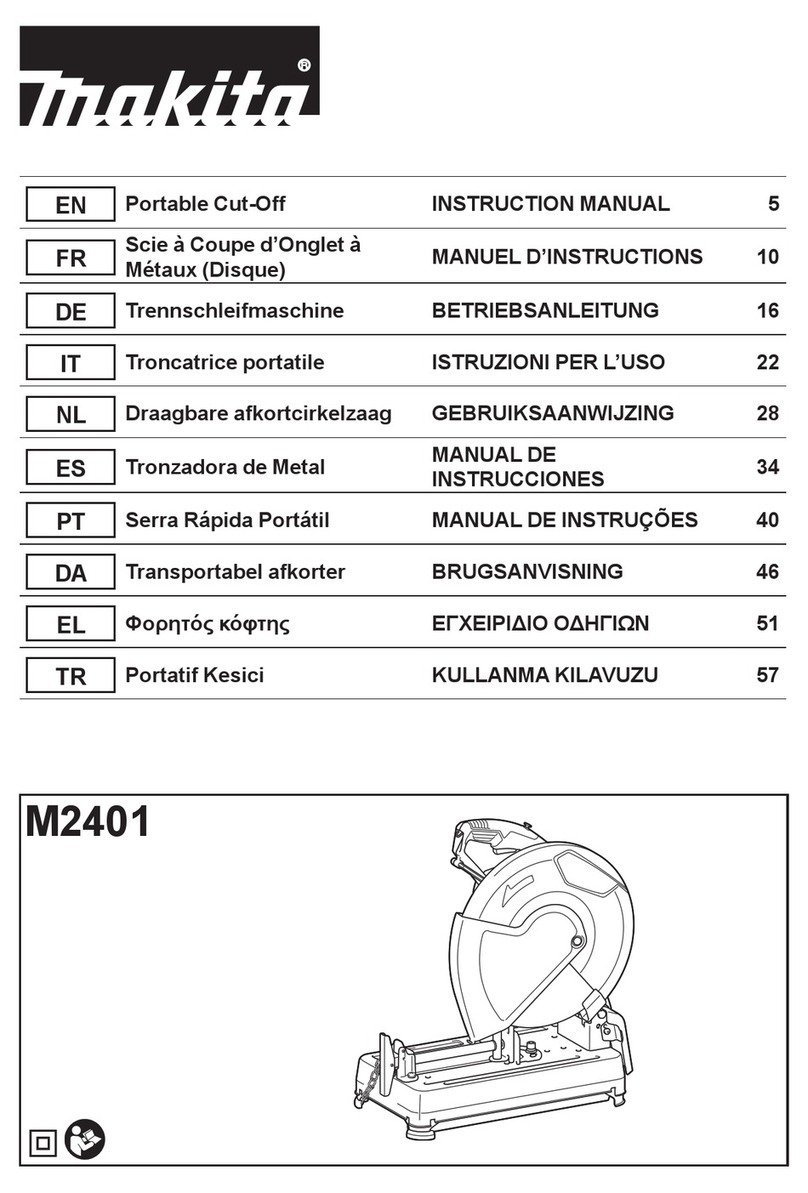
Makita
Makita M2401 User manual

Makita
Makita DUC101 User manual
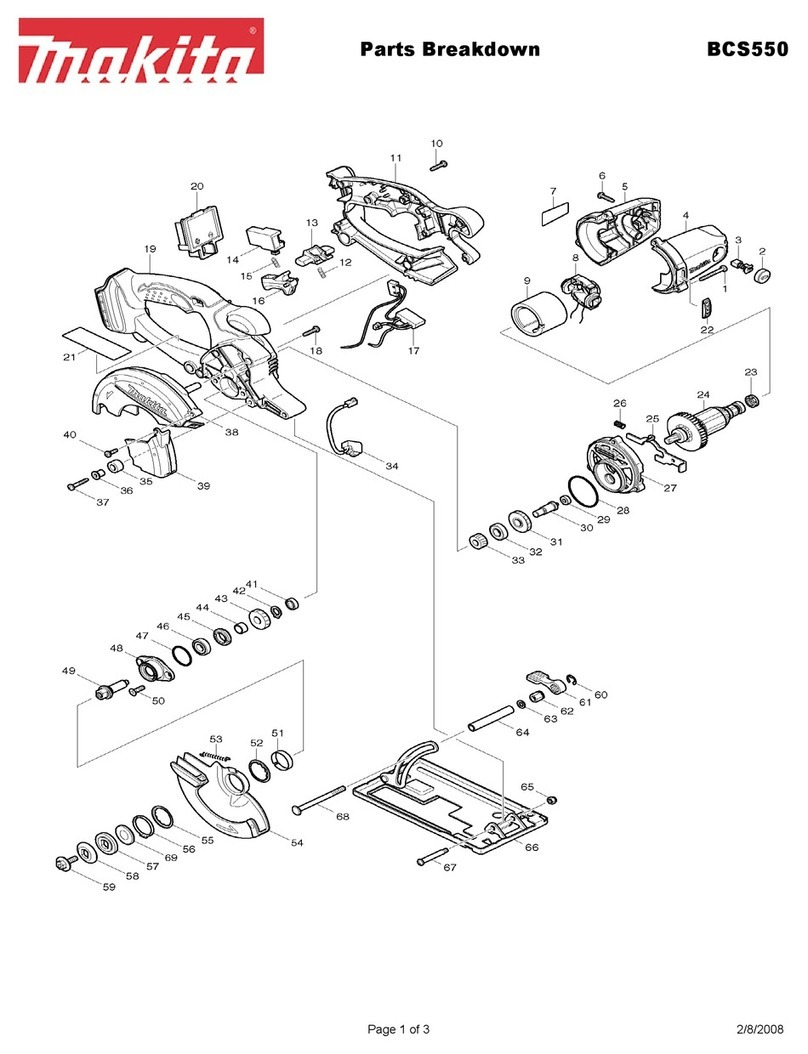
Makita
Makita BCS550 Quick start guide
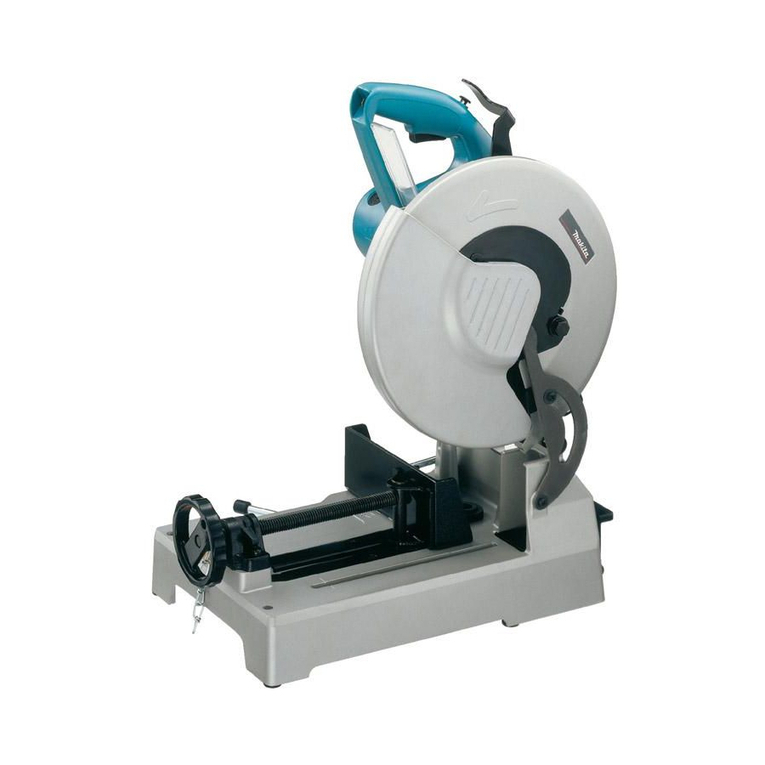
Makita
Makita LC1230 User manual
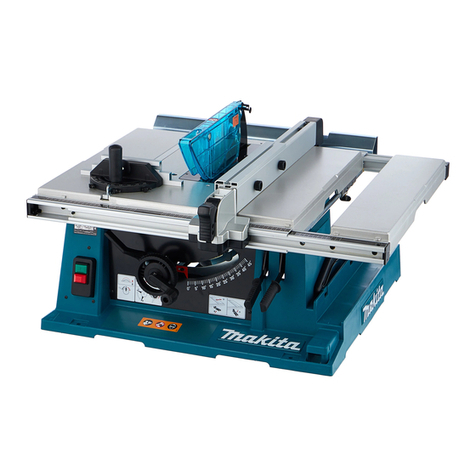
Makita
Makita 2704 User manual
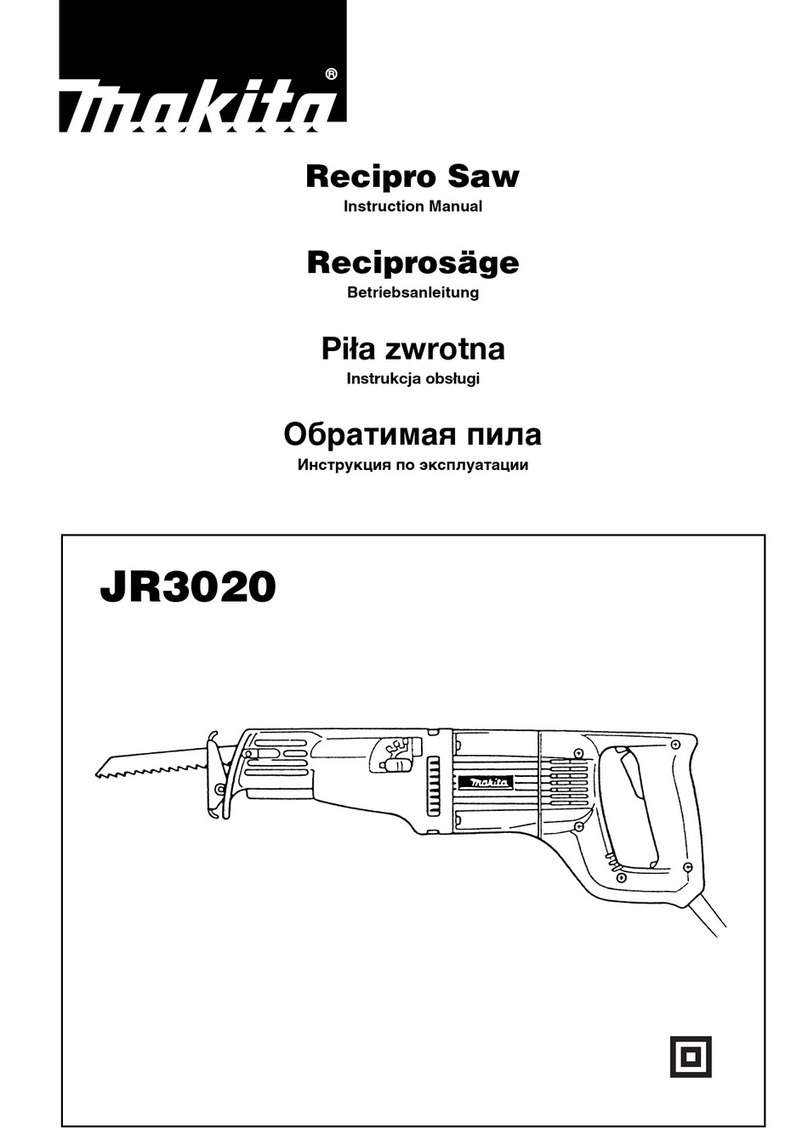
Makita
Makita JR3020 User manual

Makita
Makita UC3520A User manual































